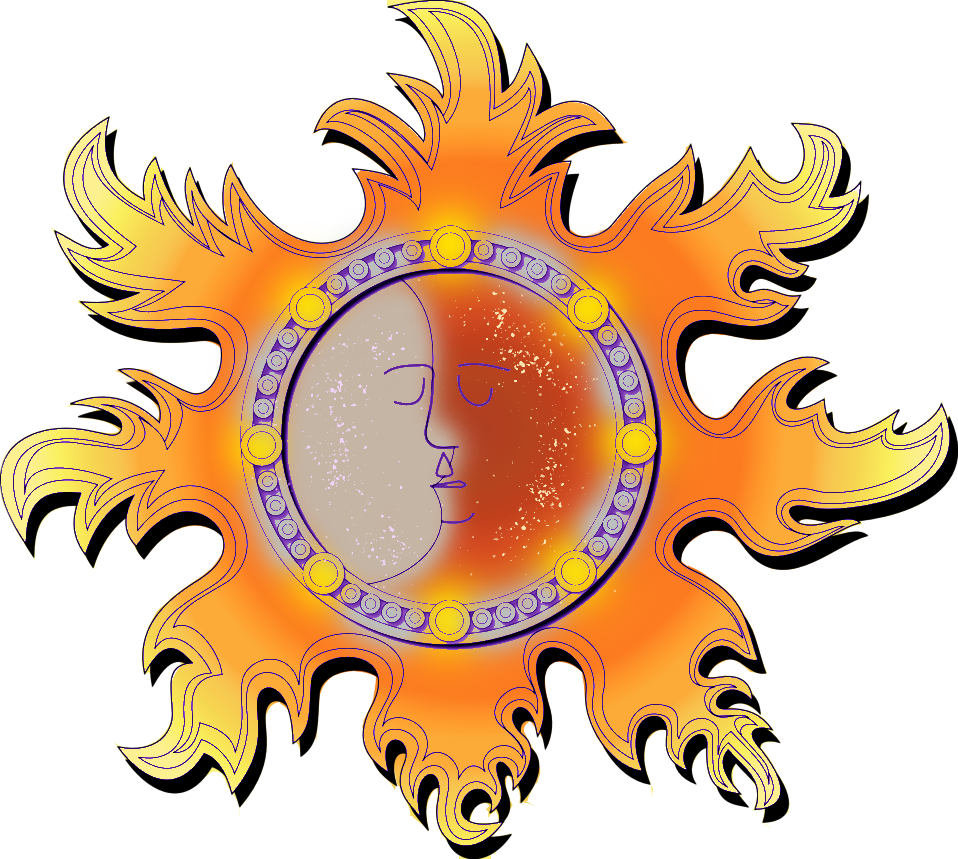Ostara 2025
- Acorn
- Mar 6
- 3 min read
Updated: Jun 8

Ostara is the vernal equinox, a time when night and day stand in perfect balance. It is the tipping point after which the days grow longer, the air begins to warm, and we start to see visible signs of new life and new growth all around us. As such, it's a perfect time to focus on our own personal growth, in our households, careers, and communities.
This year, Ostara officially lands on March 20, 2025. We will be celebrating on March 22nd, the following Saturday, getting as close as we can while still respecting modern scheduling conveniences. Many different cultures celebrate either the vernal equinox or the period of time around the vernal equinox¹.
By-and-large, Ostara is a modern pagan holiday² that celebrates the main themes of Spring in the Northern Hemisphere - the cycle of rebirth, how to grow ourselves in conjunction with the new growth all around us, etc. Common symbols include the bird-turned-into-rabbit that lays eggs, spring flowers, fairies, butterflies, etc.³
This year Haven Song is honoring a duo who play an important role in the coming of Spring, at least for the Greeks - the Goddess Hekate (also spelled as Hecate) and the God Hermes. Both are featured in the Eleusinian Mysteries, which are a collection of stories surrounding the descent of Persephone into the Underworld and her return to Earth. The Greater Mysteries take place around the autumn equinox; the Lesser Mysteries in the spring.
The brief version of the story is that Hades is bid by Zeus to return Persephone to Earth from the Underworld, so that the Goddess Demeter, Persephone's mother, would end her terrible grief-wrought winter. When Persephone returns, she comes back as the Spring Maiden, Kore (also spelled as Cora), escorted by Hermes, a psychopomp. He escorts her to the town of Eleusis, dropping her off with Demeter and Hekate. Hekate will remain Kore's companion until her return to the Underworld around the autumn equinox, where she and Hermes will return the Spring Maiden to her Queen of the Dead role.
In reference to our Ostara celebration, we look to these two for inspiration in leading ourselves out of the darkness of Winter, into the delight and wonder of Spring, with all the important Work ahead of us.
Next article will be more on Ostara, both the Goddess and Sabbat. Blessed Be!
By Acorn, 1°
¹ I was surprised by how few traditions appear to honor the Equinox, the day itself, as opposed to orienting around the day (via lunar/solar calendar), or oriented on the transition from Winter to Spring during this period of time, that sort of thing. I did find Nowruz (the Iranian/Persian New Year that falls on the vernal equinox), and that in Japan, the vernal equinox is a national holiday (Shunbun No Hi), and people celebrate the day by tending to the graves of their ancestors.
² I'll tackle the somewhat murky history of why Ostara is called Ostara, and the egregore that is the Germanic Goddess Eostre/Ostara in the next blog post!
³ I kept thinking I should provide some links for y'all here, but it all really belongs in the next post so I can get this one done!
Various articles I used for research while writing the above article: https://www.patheos.com/blogs/teaaddictedwitch/2018/09/persephone-autumnal-equinox/





Comments